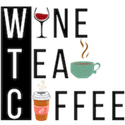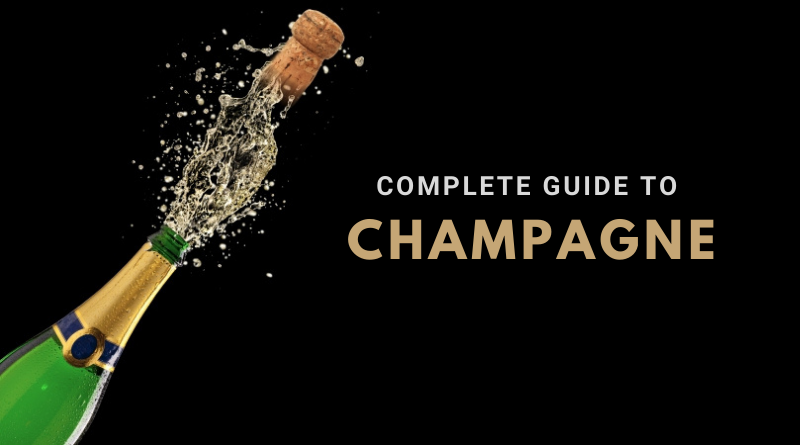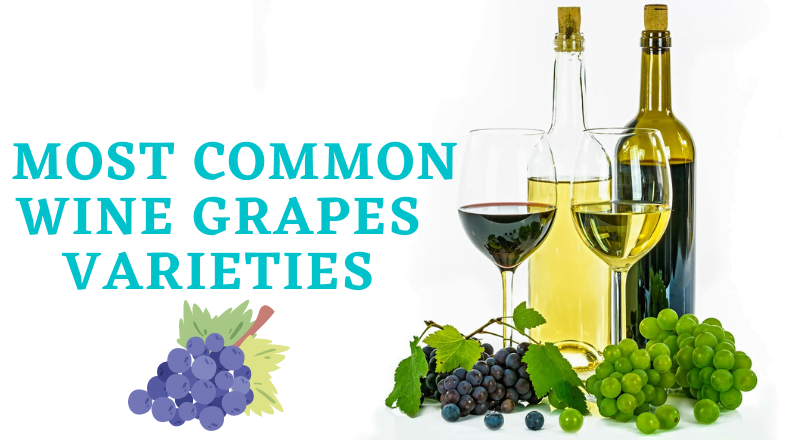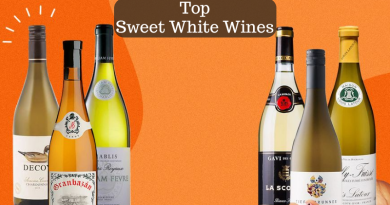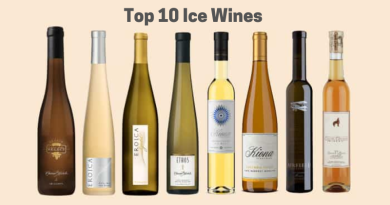Champagne – The Complete Guide
Any celebration is incomplete without opening a bottle of Champagne. Champagne has become an elegant sparkling wine variety since its invention. The most significant thing about a Champagne that all wine lovers need to know is it is, as per explanation is hailed from the Champagne region of France. Chardonnay, Pinot Noir, and Pinot Meunier grapes are used in making Champagne. Champagne processing also demands some unique practice. In this paper, we will discuss Champagne in detail. So, let’s get started:
Also Read about Prosecco, the another famous sparkling wine
History of Champagne
Champagne history has witnessed the change in champagne color from being a light pink still wine to the sparkling wine and at present related to the locality. The Romans first planted the vineyards in the Champagne region. Hugh Capet started to serve regional wines at every royal occasion after being the king of France. This wine was made of pinot noir grapes and was pale-pink in color.
The modern champagne wine industry started to grow in the 19th century by overcoming hurdles. Currently, 86,500 acres of land in the Champagne region offer 200 million champagne bottles throughout the world. The demand is continuously growing, which insists that the authority expand the vineyards area to provide more Champagne.
Champagne producing regions
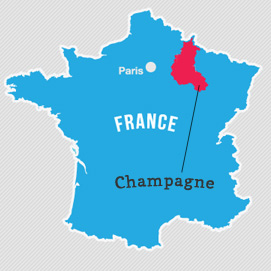
Mainly Champagne is produced within the chronological champagne region situated in the northeast of France, and it is divided into five growing parts.
How is Champagne made?
Method Champenoise (traditional practice) is used to make Champagne, and the fizz comes in the wine due to the process used. The time and effort champagne-making needs make it a high-quality, elegant, and costly wine than other sparkling wines. Hereunder are the steps of champagne making:
Pressing
The juice extracted from the first press is thought to be of supreme quality, and the juice obtained from the second press is considered to have more tannins and pigments.
First Fermenting
The sugar contents within the grapes are transferred into alcohol by adding yeast.
Blending
Maximum champagne makers develop a non-vintage house blend. Due to the challenging climatic conditions, blending wine of various regions and in multiple vintages are significant to carry on a “house style.”
Second Fermentation
In this step, still wine, sugar, and yeast are poured in bottles, and they are sealed and preserved horizontally. The yeast slowly changes the sugar into alcohol and forms bubbles.
Less aging
After the second fermentation, the dead yeast cells have a significant contribution to the aging of the wine. This process requires fifteen months for a non-vintage wine and three years for vintage wine.
Riddling
In this step, bottles are arranged on a special shelf and placed in 450-angle. Currently, machines are used to complete the process, and it is completed within one week.
Disgorgement and Dosage
The temporary seal is broken to extract the dead yeast cells and sediment in this phase. This step is known as disgorgement. The extracted liquor is compensated with sugar, and still, a wine called dosage. This level decides the ultimate sweetness level of the liquor.
Recorking and Aging
Now, the bottle is sealed with a proper cork. The wine is kept for final aging within the bottle.
Types of Champagne
There are various types of Champagne such as
Brut champagne
Brut champagne is the most frequent champagne type. It is non-vintage dry blend champagne from Chardonnay, Pinot Noir, and Pinot Meunier grape varieties.
Rose Champagne
Two methods are used to make Rose champagne. The saignee method is used to make light-hued wines, and the d’assemblage method where still red wine is mixed with still white wine.
Blanc de Noirs Champagne
It is a white sparkling wine hailing from where black grapes are allowed.
Blanc de Blancs Champagne
It is a white sparkling wine made in the white grapes’ areas.
Sweetness levels of Champagne
The sweetness level in champagnes differs due to the sugar amount included in the dosage phase. As per sweetness, champagnes have different categories as follows:
Brut Nature contains hardly any sugar in which less than three grams of sugar is added for every liter.
Extra brut is sweeter than brut nature, with six grams of sugar per liter of wine. But this is dry on the palate.
Brut is the most famous Champagne, with twelve grams per liter of sugar. Still, this wine is dry enough.
Extra Dry is sweeter than Brut with twelve to seventeen grams of sugar for one-liter liquor.
Sec is considerably sweet where seventeen to thirty-two grams of sugar is used for a liter.
Demi-sec is higher in sweetness level than Sec. Thirty-two to fifty-two grams of sugar is added per liter of wine in this wine.
Doux is the sweetest of all the champagnes in which more than fifty grams of sugar is used per liter of wine.
How to open a bottle of Champagne?
The way champagne bottle openings are displayed in the movies is not the right way to follow. This expensive wine’s cork shouldn’t fly high, and the fizz shouldn’t spill out of the bottle. The pressure inside it needs to be managed rightly for opening the bottle.
First, remove the foil covering the cork and then loosen the wire for opening the bottle. At this stage, the cork should be tightly held so that it can’t fly. With a fixed pressure, the bottle should be turned using one hand, and the other hand needs to be on top of the cork. Gradually, the pressure will come out, and the bottle will be opened with a pop sound.
Champagne tasting notes
Champagne is primarily dry with higher acidity levels and various sweetness levels. Maximum-time Champagne offers intense aromas of citrus and green apple, with the traits received from the aging, such as brioche and almond. Sparkling wine champagne’s fizzy, bubbly texture frequently offers a creamy feeling with a lovely mousse.
Champagne food pairing
If you have Champagne as a starter, it goes well with a soft French cheese such as baked, triple-cream brie with toasted pecans placed at the top. If you have Champagne with meals, it will be perfect to pair it with fried or salty items to balance the acidity. Fried oysters, smoked salmon, crispy chicken fries, or fried mushrooms will enhance your champagne drinking experience with main courses. Don’t pair Champagne with over-sweet dishes as it will be at par with the dryness of the wine.
Top champagne brands
Let’s check out the best champagne brands:
Moet and Chandon Imperial
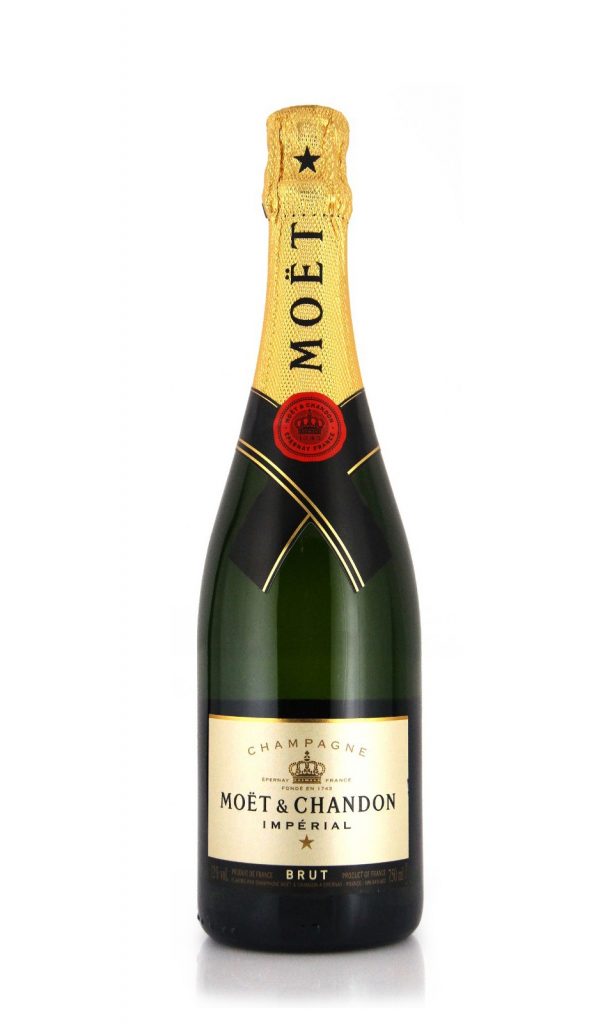
Moet champagne is high in acidity and rich in fruity aromas. It is a combination of pinot noir and pinot Meunier grapes. This is a perfect wine to serve at dinner.
Louis Roederer Cristal Brute
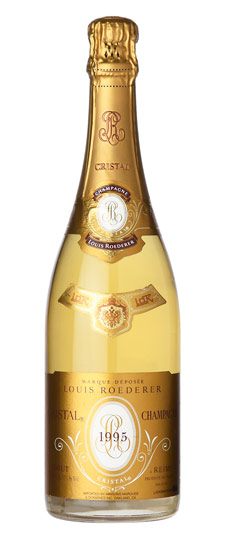
Cristal Champagne is created beautifully and is a refined, long-lasting wine. It is silky in texture and has fruity flavors.
Luc Belaire Luxe
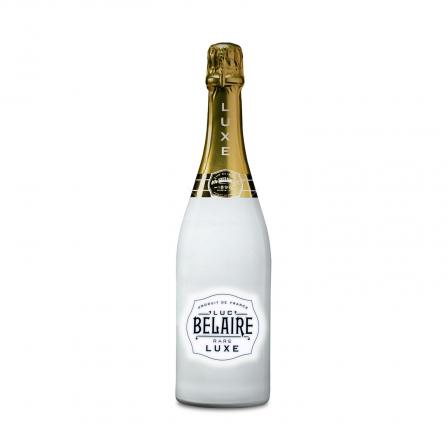
This Belaire champagne is a luxurious French delicacy that contains the aromas of grapes, apricot, honeysuckle, and light brioche. This is a rich and crisp wine.
Andre Brut California
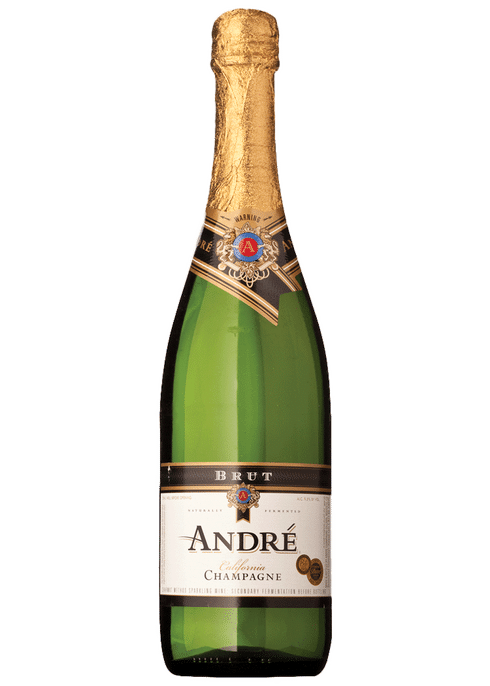
Andre champagne is crisp and moderately dry, combining white wine grapes and green apple flavors.
Bollinger Brut Special Cuvee
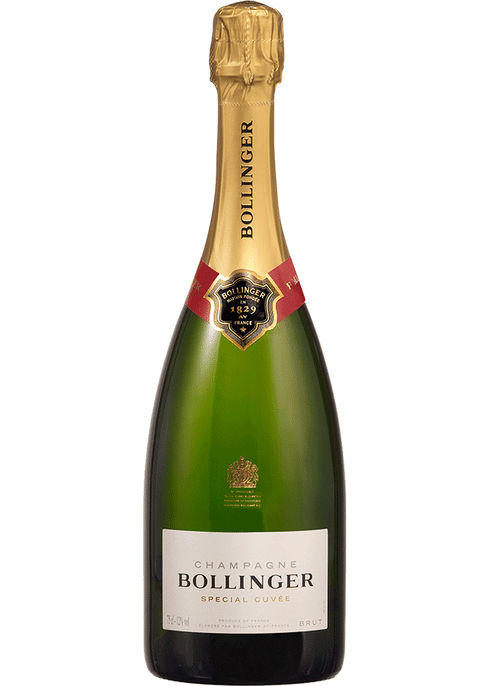
This Champagne offers typical stone-fruits aromas with some spices and goes well with seafood plates.
Conclusion
It is crucial to have Champagne in the right champagne glasses for enjoying it at its best. There are various champagne flutes for different champagnes, and you should select the right one for your drink. One of the significant champagne problems is its price that is impossible for all to afford. But now mini champagne bottles are available in the market, and champagne cocktails are also available. Therefore, now you can go for the small ones to celebrate your special occasions.
